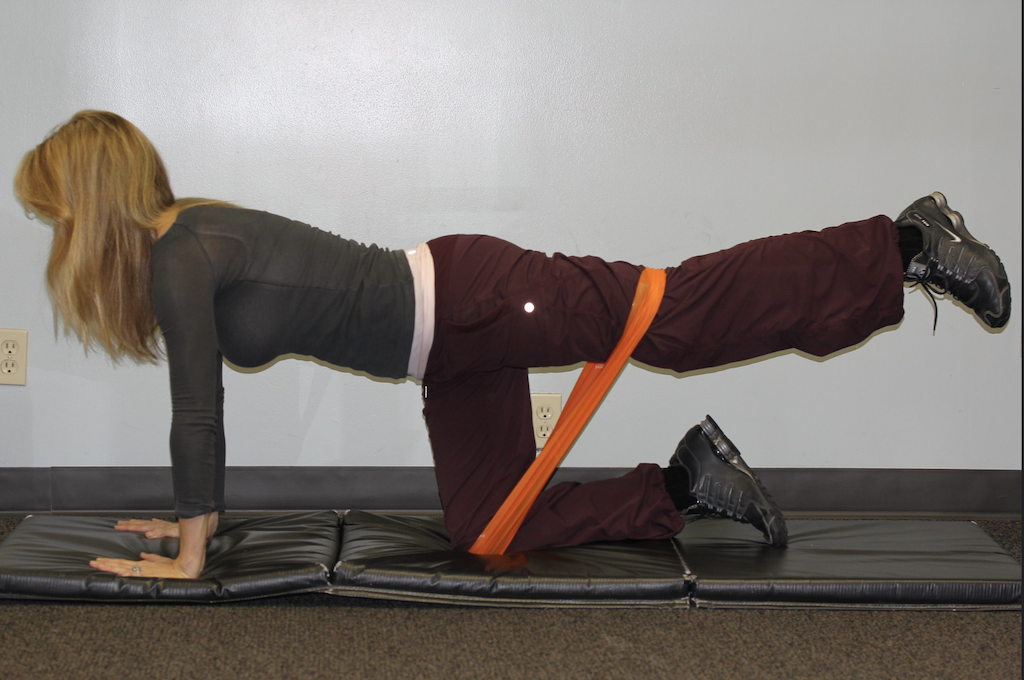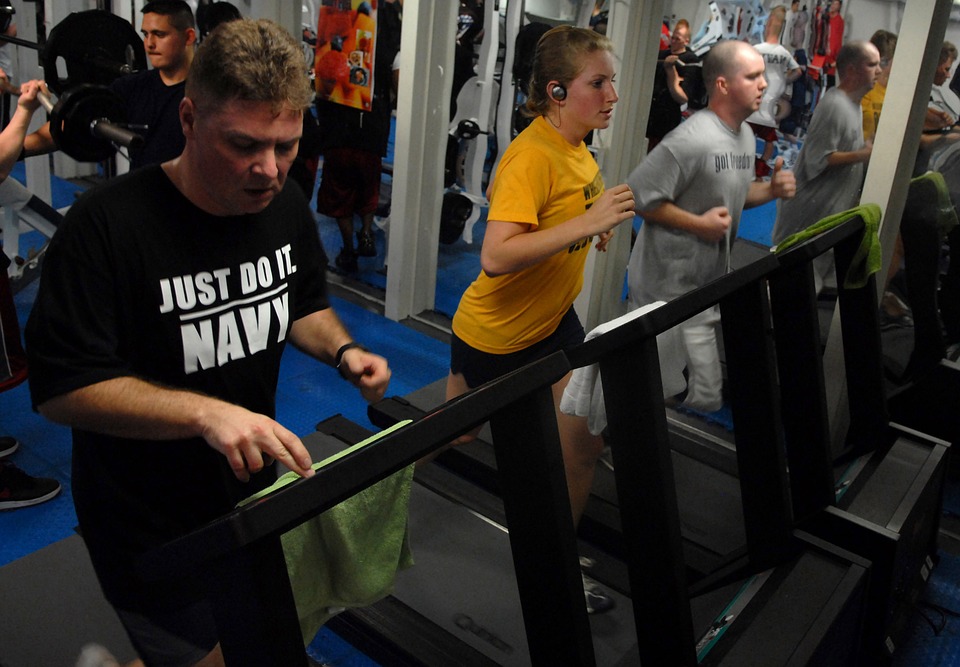Photo via Flickr by bwanderd
Exercising outdoors in hot, humid weather puts you at risk for illness. When temperatures outdoors soar, it might be time to move your workout indoors. Here are four reasons to work out at home.
Working out in the heat puts extra stress on your heart
High temperatures increase your core body temperature and during humid weather, your sweat doesn’t evaporate, which causes your body temperature to rise. When this happens, your body works to cool itself by circulating more blood through your skin, leaving less blood flow for your muscles, according to the Mayo Clinic. This places stress on your heart.
You might develop heat-related muscle cramps
Heat cramps, caused by the loss of salt and water while working out, are painful muscle spasms. You might feel cramping in your abdomen, back, arms and calves according to the Mayo Clinic. When you experience heat cramps, it is advised that you discontinue strenuous activity for several hours and contact your doctor if the cramps do not go away within an hour.
You are at risk for heat-related illness
When your body is under stress from the heat, you are at risk of developing a serious, even life-threatening, illness, according to the Centers for Disease Control and Prevention.
- Heat syncope – This is heat-related collapse. Symptoms include feeling lightheaded and fainting.
- Heat exhaustion – When you have heat exhaustion, your body temperature rises as high as 104 degrees. Symptoms include nausea, weakness, headache, fainting, sweating, and cold, clammy hands. When left untreated, it can lead to heat stroke.
- Heat stroke – This is a life-threatening emergency. Your body temperature rises above 104 degrees. Your skin might feel dry from a lack of sweat and you could experience confusion, dizziness, heart rhythm problems, nausea, vomiting, visual problems, fatigue. When not treated promptly, heat stroke can lead to organ failure.
An indoor workout is easy to set up
To prepare for indoor workouts, designate a space where you have the room to stretch. Declutter and consider buying some basic equipment, such as a stability ball, exercise mat, resistance bands, and a small set of dumbbells. There are many online exercise classes, from yoga, dance, strength training, and aerobics. Some of these are subscription-based but there are plenty of intro-level classes you can try to find out which is best for you.
Just as important as space and equipment is your indoor air quality. To keep it at a healthy level, make sure to vacuum often and change the filters for your HVAC system to help reduce dust and other airborne irritants. Regular HVAC maintenance ensures the air quality in your home is safe and your system is in good working order during the hot months.
Now that you know how to set up an indoor workout space, paying attention to the temperature outdoors to know when to use it. It is better to use the heat index to determine if it is safe to work out outdoors. For example, the temperature might be 85 degrees but, on a day with high humidity, it can feel like 95 degrees. When the heat index is 90 or above, it is good to exercise indoors, according to Women’s Health Magazine.





